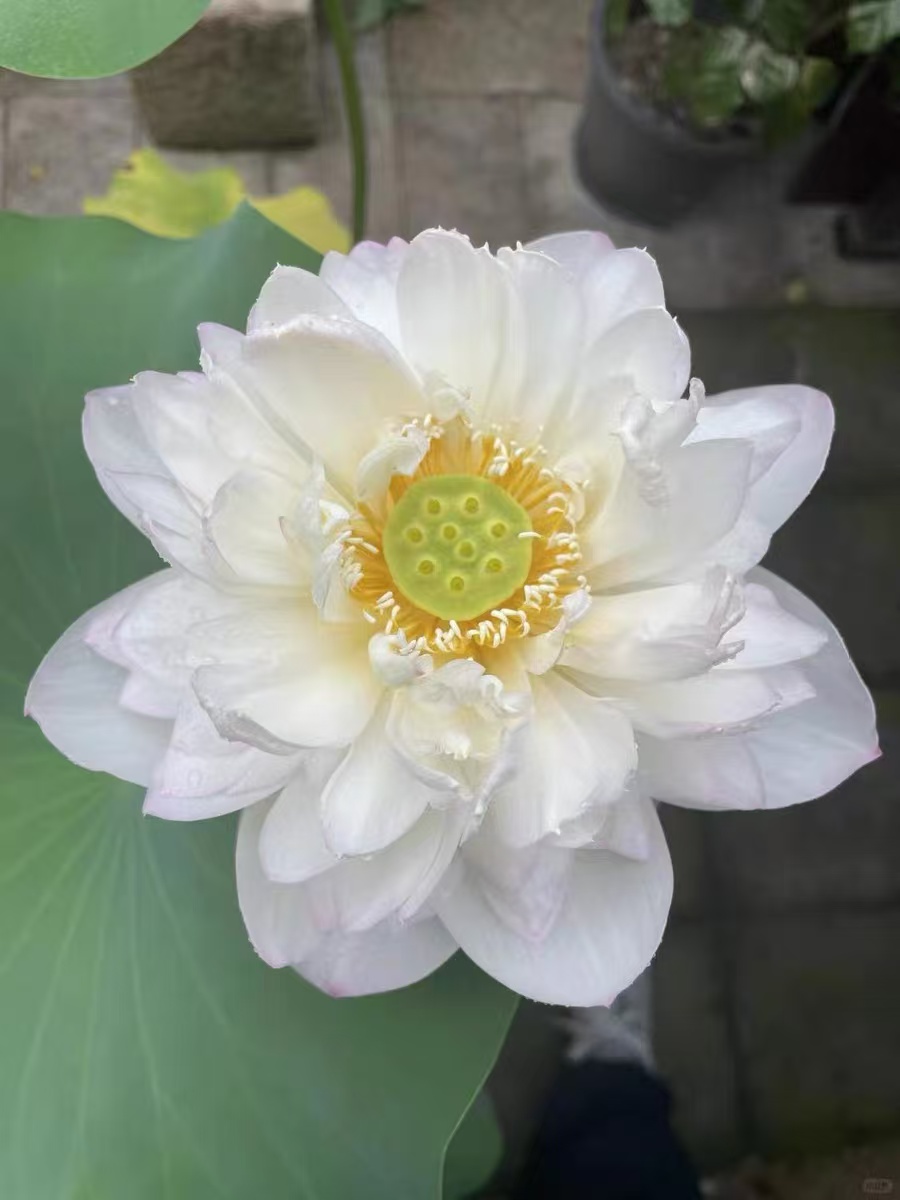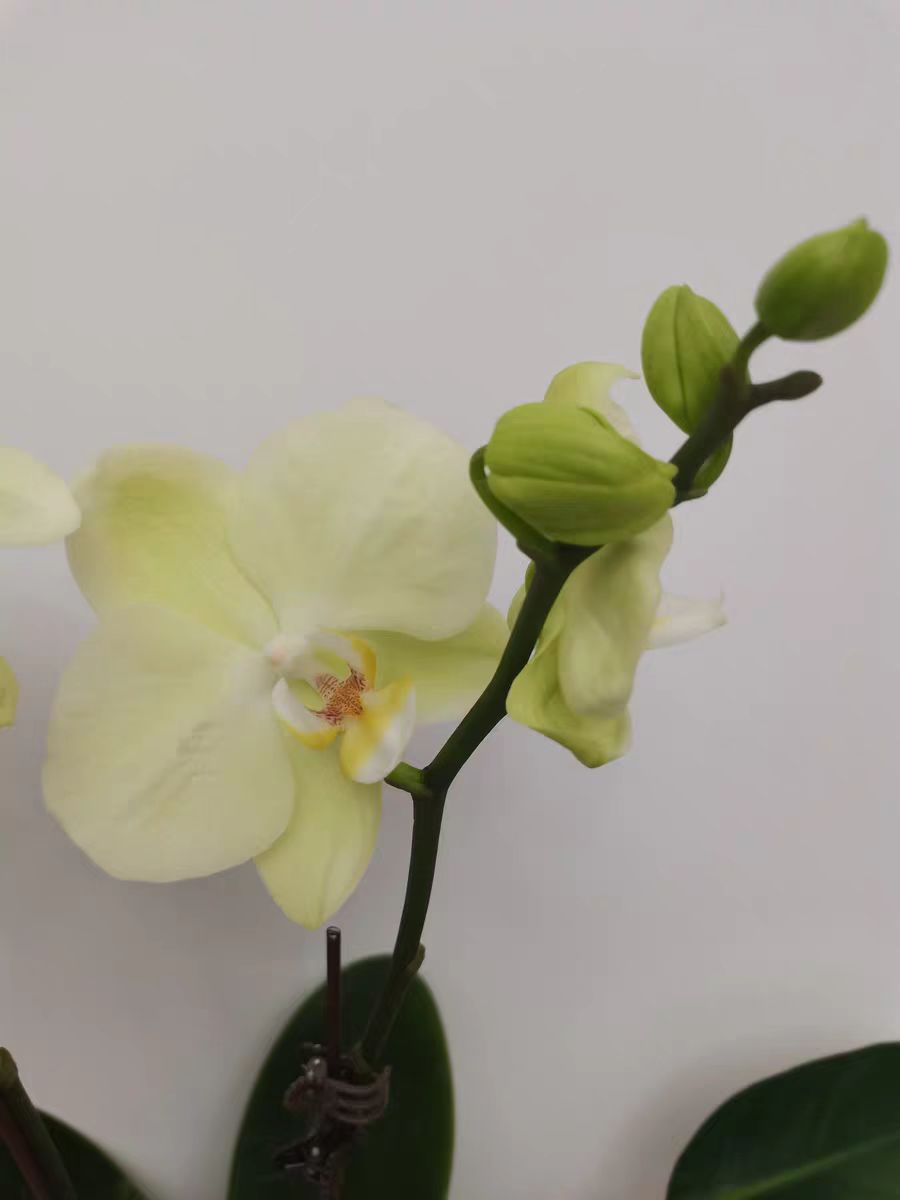Water pollution is one of the major challenges currently faced by environmental protection, and aquatic plants play a crucial role in purifying water quality. They help improve the quality of water bodies by absorbing nutrients, heavy metals and other pollutants in the water. This article will recommend five kinds of aquatic plants with remarkable water purification effects, hoping to contribute to environmental protection.
Reed
Reed is a widely distributed aquatic plant, belonging to the genus Phragmites in the Poaceae family. Its root system is complex and penetrates deep into the soil, capable of absorbing organic wastes, nitrogen, phosphorus and other nutrients in the water, effectively reducing the concentration of pollutants in the water body. The stems and leaves of reeds are lush, which not only provide habitats for the aquatic ecosystem but also promote the natural purification process of water quality. In addition, reeds can inhibit the excessive growth of algae, helping to maintain the ecological balance of the water body.
Lotus
Lotus is a perennial emergent aquatic plant, with elegant flowers and leaves and pleasant fragrance. The lotus is not only of extremely high ornamental value but also an excellent water purification plant. Its roots and leaves can absorb nutrients and heavy metals in the water, such as lead, copper, etc., while releasing oxygen and increasing the dissolved oxygen content of the water body. The water in lotus ponds is often clear, which is inseparable from the water purification ability of the lotus.
Water Lily
Water lily is a beautiful aquatic plant with lush root systems that can absorb wastes and harmful substances in the water, such as nitrogen, phosphorus and other nutrients as well as heavy metal ions. The leaves of water lilies float on the water surface, providing shelter and habitats for aquatic organisms and also promoting the natural purification of the water body. The water purification ability of water lilies is closely related to their growth characteristics, and they play an important role in water quality improvement and ecological restoration.
Cattail
Cattail is a perennial marsh herbaceous plant with a developed root system that can absorb nitrogen, phosphorus and other nutrients as well as heavy metals such as lead and copper in the water. The stems and leaves of cattails are lush, providing a rich habitat environment for aquatic organisms and also promoting the purification of water quality. In addition, the cattail spikes can be used as cut flowers or dried flowers, having certain economic value.
Scirpus tabernaemontani
Scirpus tabernaemontani is a perennial rhizomatous emergent herbaceous plant. Its stems are tall, straight and green, which are not only of ornamental value but also an effective water purification plant. The roots of Scirpus tabernaemontani can absorb nitrogen and phosphorus and other nutrients in the substrate, reducing the content of pollutants in the water body. Meanwhile, the straight and green stems of Scirpus tabernaemontani are often used for water surface greening or as shoreline decorations, adding a bright color to the waterscape.
All of the above five kinds of aquatic plants have remarkable water purification effects. Through their respective unique growth characteristics and functions, they provide effective purification and filtration for water bodies. In practical applications, we can choose the appropriate plant species to plant according to specific situations to improve water quality and protect the aquatic ecosystem. Meanwhile, we also need to strengthen management and maintenance to ensure that these aquatic plants can continuously play the role of purifying water quality.
What are the aquatic plants that can purify water quality?

Share with
Tagged in :




Leave a Reply